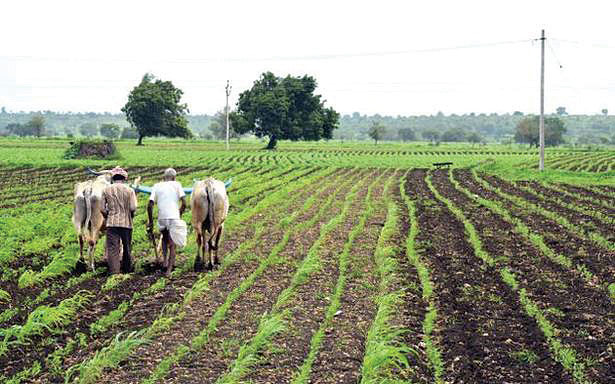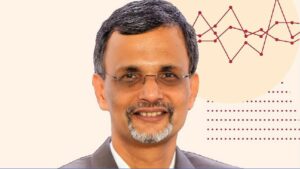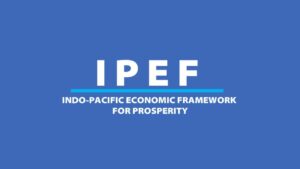By Gautam Deshmukh
Finance Minister Arun Jaitley has announced that MSP (Minimum Support Price) @ 50% above the cost of production will be given to farmers for Kharif which will start coming in the market in Sept-Oct. He also said that the MSP is being implemented for 23 crops of Rabbi.

There are two important factors in it. One is how the government
derives the cost of produce whether it is 50% above C2 (Comprehensive cost of production, which includes imputed rent and interest on owned land and capital) or A2+FL measure (which includes paid out cost on inputs plus an imputed value of family labour) and the second will be an actual procurement facility made available by the government. At MSP or paying the farmers difference between MSP and market price at which Aadat (Middleman) purchases.
In Maharashtra, State government announced 100% subsidy under Magel Tyala Shet Tale Yojana (farm pond scheme) where `50000 was deposited in farmers account, but when you actually calculate the cost of making the pond, it is approximately 20% more for the farmer. Similarly MSP theory may not bring cheer on the ground. Also, the provision for FY19 has risen by only `5000 crore to `46700 crore. Rather than MSP, another announcement like cluster based farming, which will help farmers from production to marketing, focus on dairy and fishery will bring down dependency on farm produce for them.
Cluster farming will help farmers to have a unidirectional view in terms of what to produce, where to market along with scientific farming techniques in place of traditional farming, optimum utilisation of resources like water and electricity.
This budget should have been first budget as far as Agri sector is concerned rather than the last budget. The kind of progress India has seen in infrastructure, especially building National Highways from first budget, which has proved the government’s intent and it also gained popularity for the same was not seen in agricultural and rural development sector. In fact, low provision in MGNREGA in from the first budget gave wrong signals. The government should understand that people want to see work in progress and its completion and no more interested in the new scheme announcement. Farmers suffered in last four years due to poor price they got for their produce, especially pulses, Tomato, Onion, Sugarcane, Potato. India has seen lot of agitation in last four years on pricing and farmers suffered heavily due to government’s wrong policies. This MSP theory is likely to prove a bubble similar to Maharashtra & UP Govt’s farm loan waiver. They attracted the farmer’s wrath instead of goodwill. These are politically risky stands which may backfire as there will be hardly any space to take corrective actions.
Where is the mismatch?
The government has contradicted its own stand in an affidavit submitted against MSP and Swaminathan Commission’s recommendation in court.
Finance Minister informed the Parliament that they have started giving MSP from Rabi itself, which is far from reality.
Farm insurance is proven lottery for Insurance companies as there are lots of ifs and buts while giving disbursements to distressed farmers.
Health Insurance scheme will prove ‘subject to risk’ for the government as the beneficiaries will be less because of poor implementation and availability of credible healthcare services and will give way for corruption since the nexus between beneficiaries, doctors and insurance agents will get active.
Since it is likely to be an election year the government should focus on completion of ongoing projects rather than new schemes that will define Bhartiya Janata Party’s prospect in the coming general elections.






















